Case study for a software solution for Foley artist, sound designer. Who generally work with materials and set of microphones, and many props.
This project is work in progress. You will find the first steps: user research, empathy map, contextual use scenario, sketch research, and first wireframe low-fi.
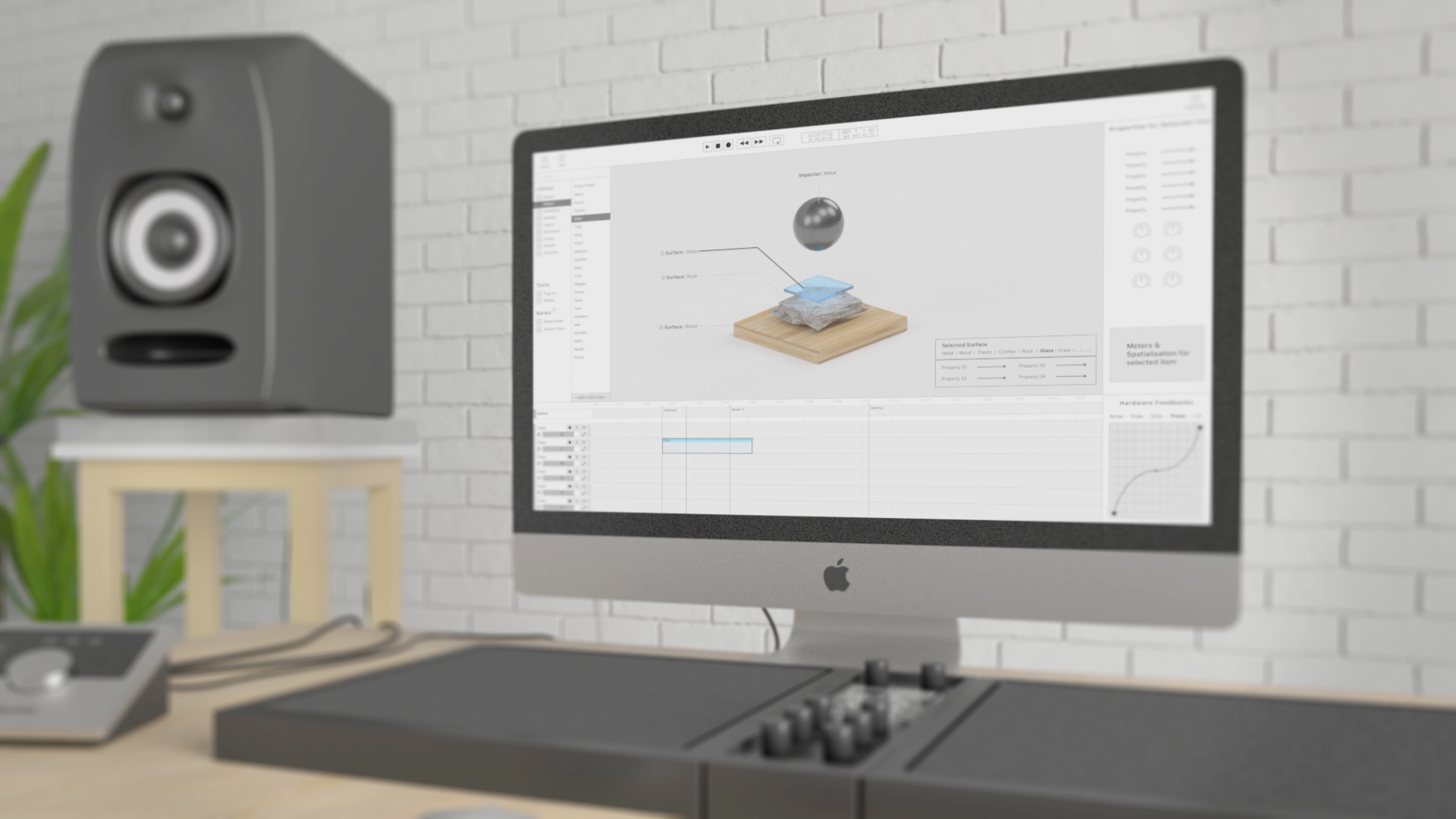
Introduction
When I was working at lesound.io, we strive to create new creative tools for sound designers and Foley artists. To illustrate the world of Foley audio, post-production, and games, you can watch this incredible video.
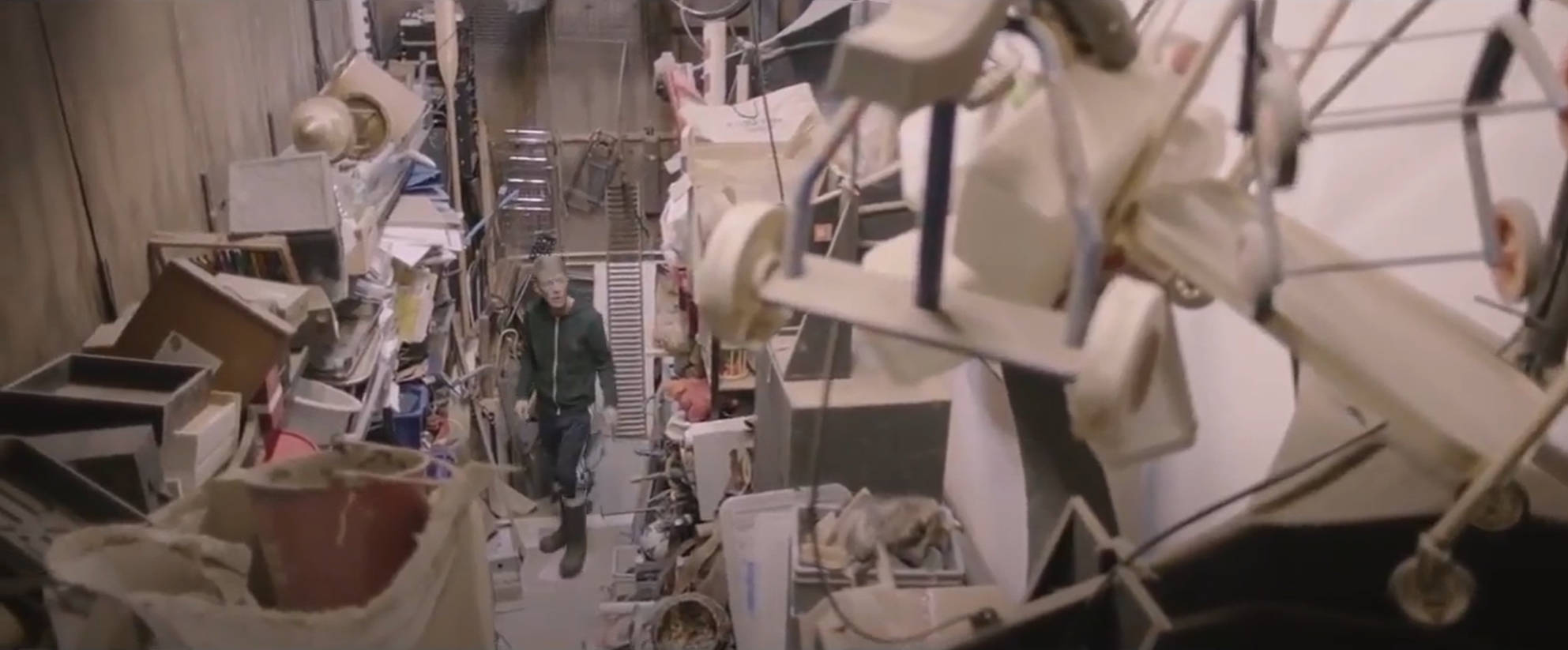
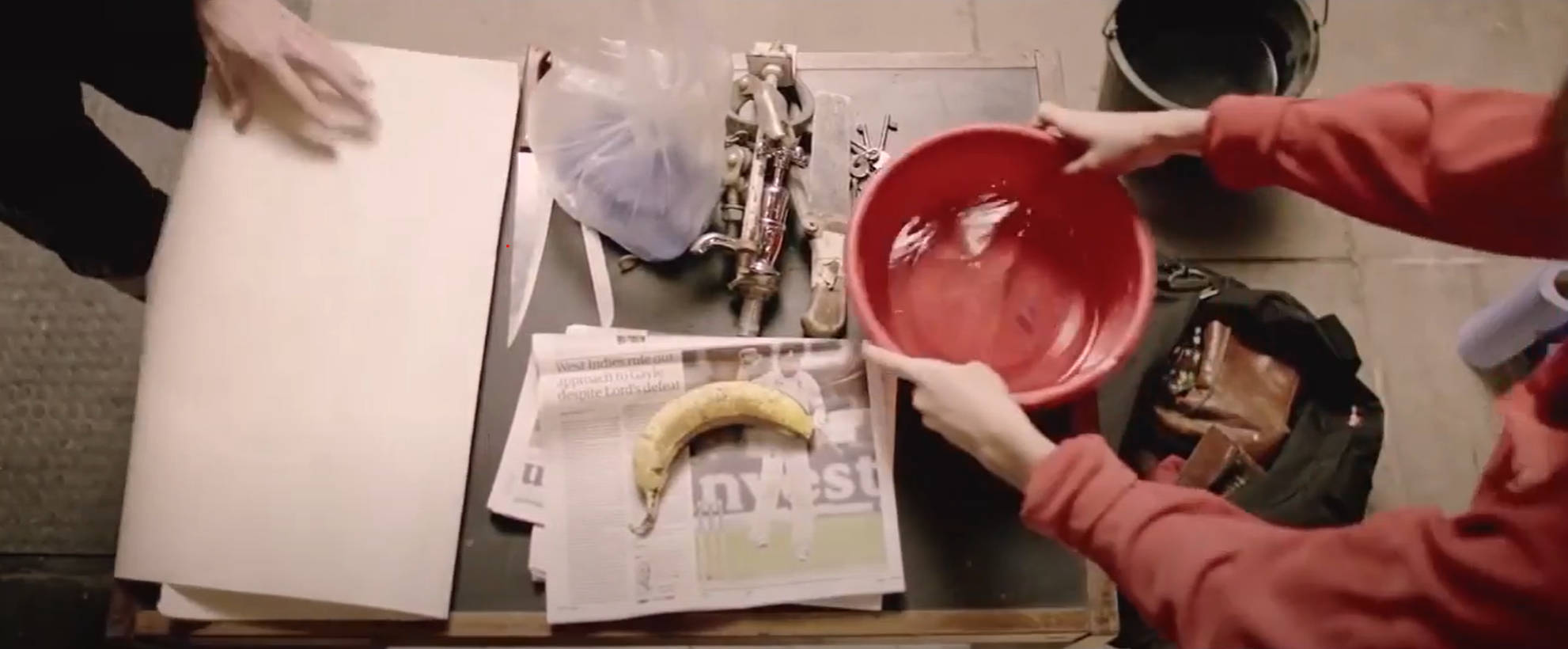
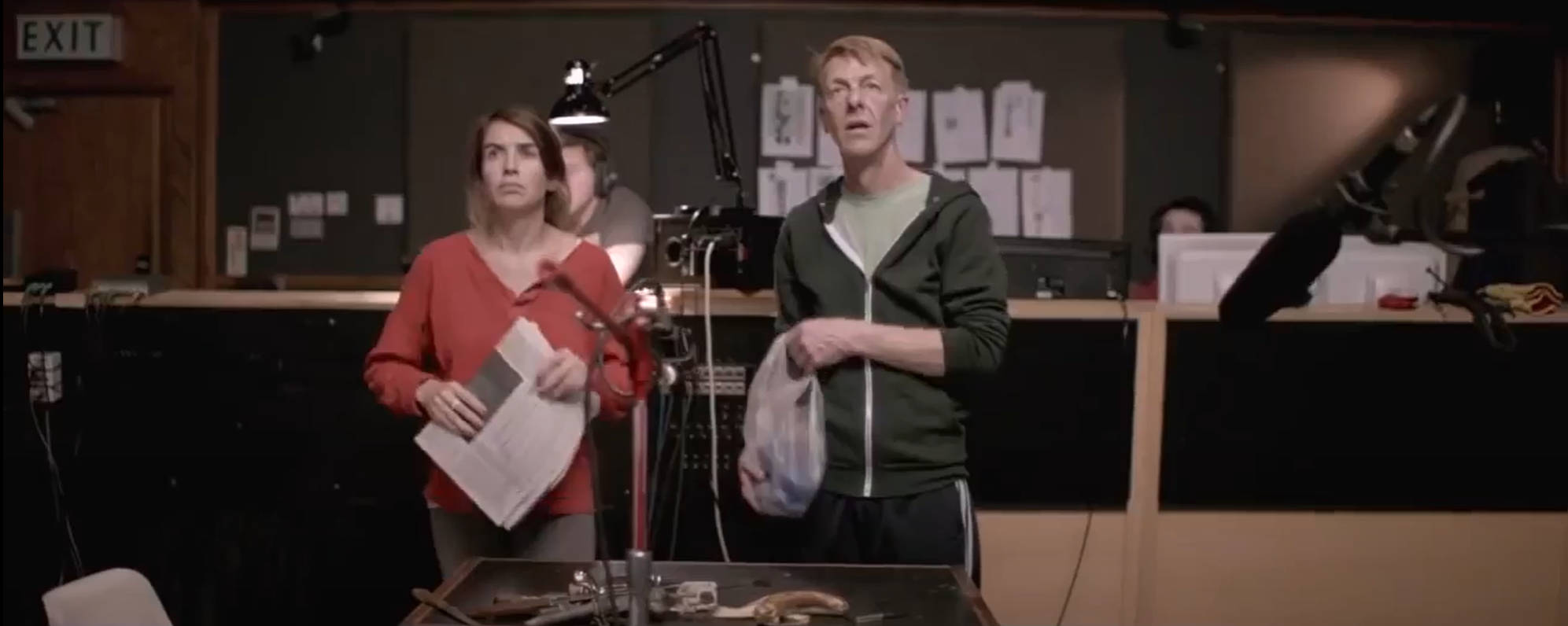
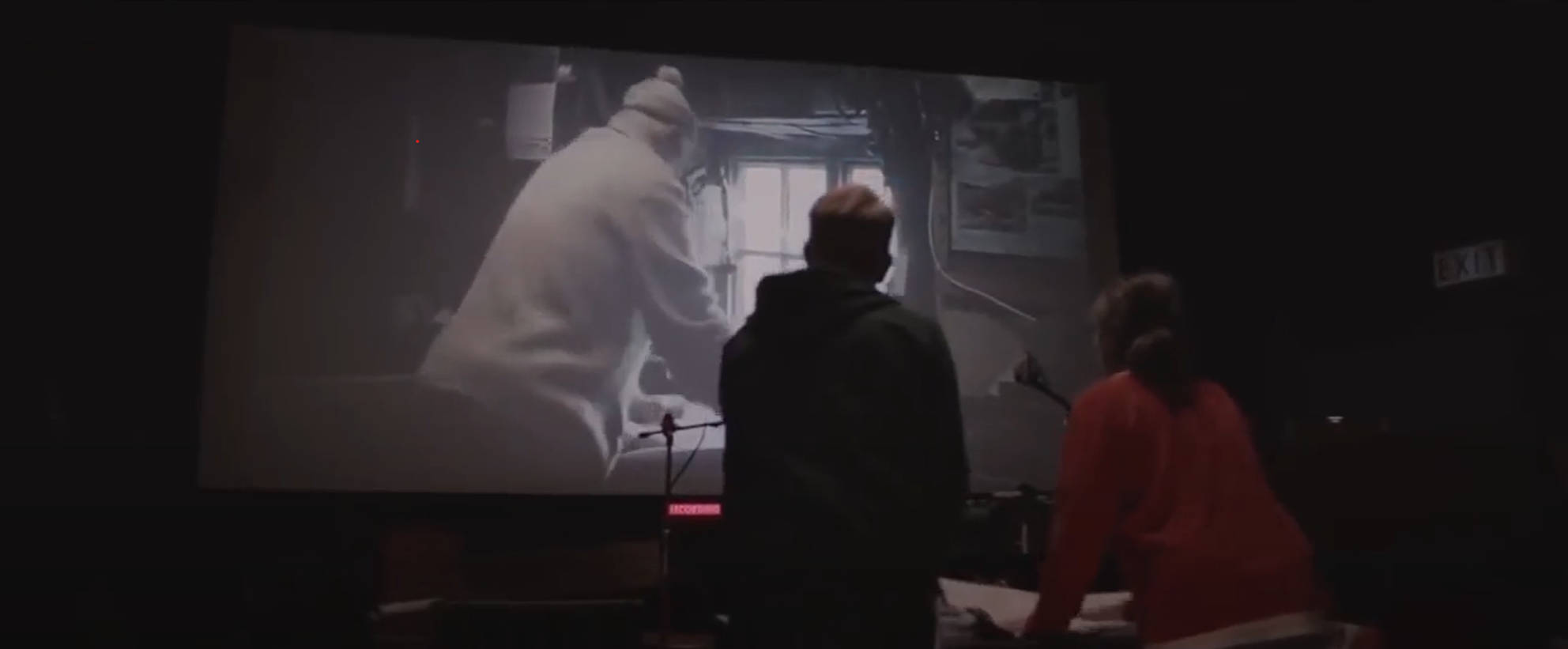
User behavior, motivation, and situation into functional needs.
Personas
I’m designing a software for Foley artist/sound designer. Who mainly work with materials and set of microphones, and many props. It provides to continue & create music projects or ideas.
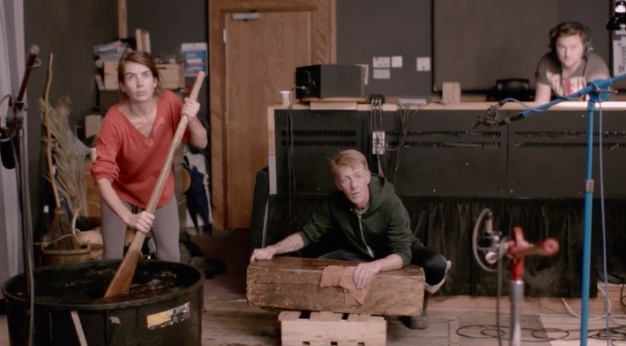
1. Cheryl Shae 32, Foley Artist (foley studio),
“Recreate sound from concrete materials, record audio with sync video and movement with sound object”
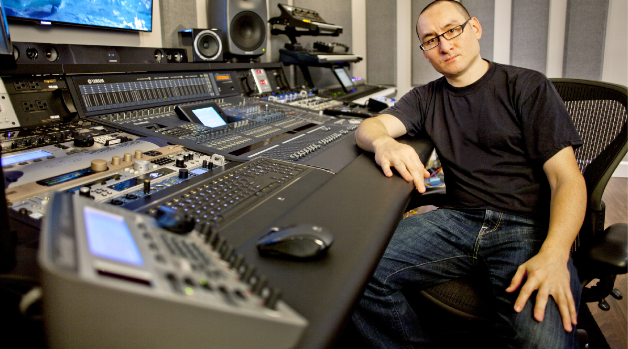
2. Alexander Irvin, 40, Sound designer (movie)
“Make sound design for movie, be able to sound design any scene, depended on sound banks on his hard drive”.
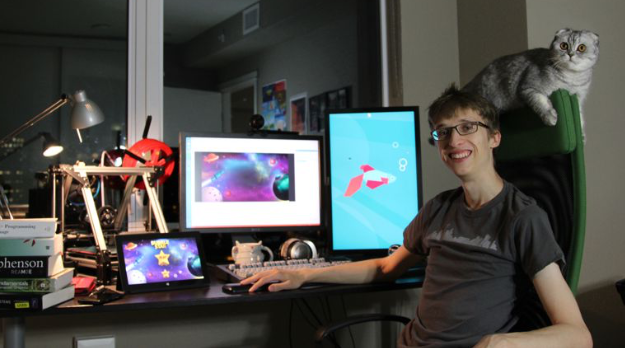
3. Timo Denton24, Sound designer (video games)
“Indie game, low budget, create sound for real-time system (video games), able to create sound with a cheap budget with computer only”.
Empathy Mapping — persona 1
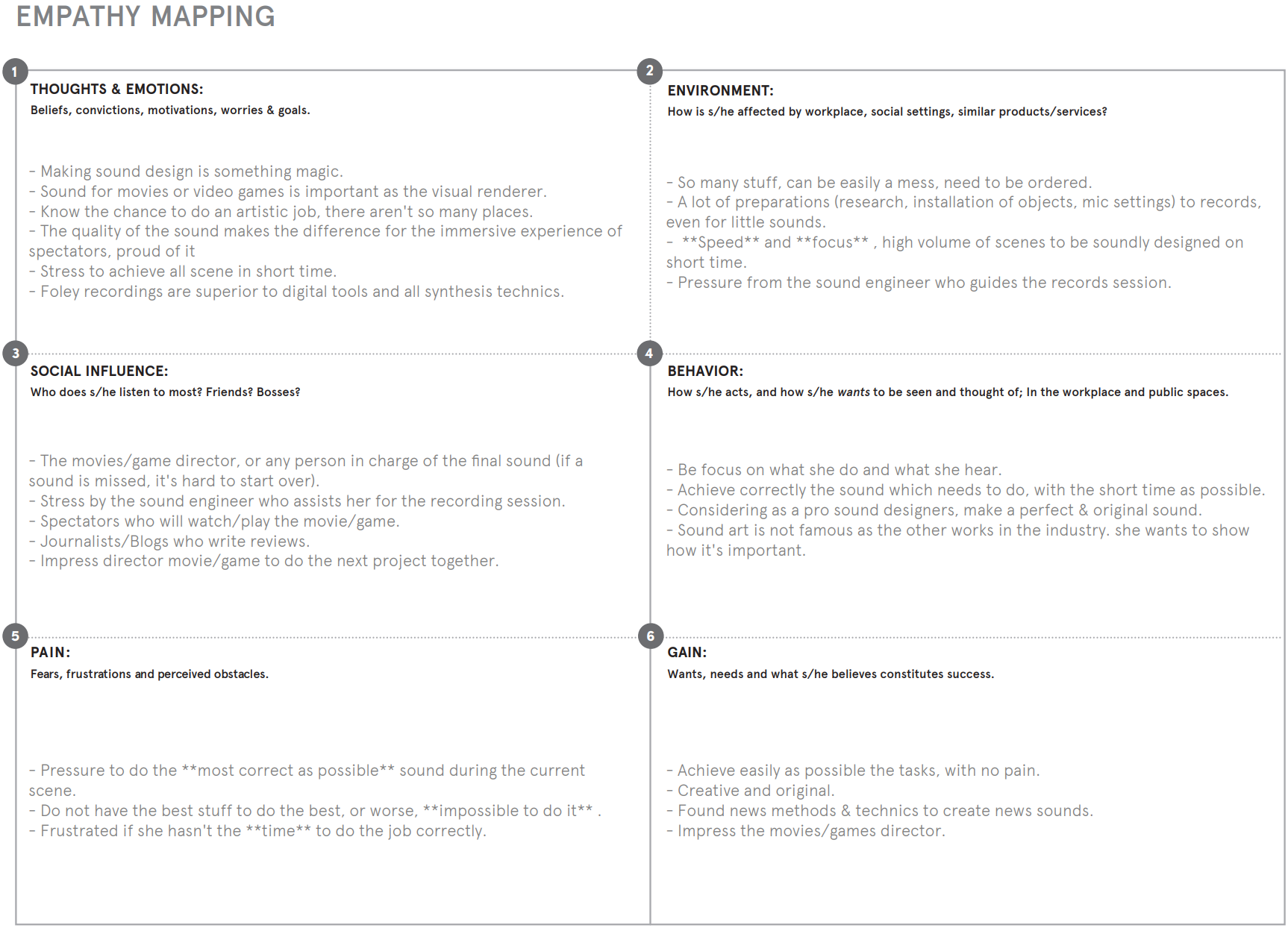
Situational Mapping
“Cheryl is doing a Foley recording session with a sound engineer. They have a movie display on a projector screen. They need to create the sound of a sci-fi scene, presenting and a lot of kind of sound. The first thing it is required to do is selecting the right object and set up the studio to perform the sound.”

Wrap up Empathy and Situational mapping
- What attributes or situational factors surprised me the most?
The props collections required to be able to cover many situations.
- What aspects of the persona do I need to learn more about?
- Age people, from “analog culture”, fear technics with new digital technology?
- What situational factors most affect the product’s potential to deliver real value?
- Less time to set up the room.
- Less tries to get the right sound.
- Fewer people → less expansive.
- Work in real-time, if you miss something you need to retry/restart
- What situational factor has the most impact on the feature set?
- Sound generated by the gesture + kind of object/props.
User story & contextual use scenarios
Foley artist: “bring films to life by adding sound effects in post-production. With their perfectly timed and precisely judged sound effects, they transform the film as they interpret every sound detail, using props from their vast props store”.
- Go to the props room, select some of them.
- Back to the record room, dispose of the props on the table
- [assistant engineer] set up records studio (mixer, microphones). (many people for the job)
- the Foley artists see the screen and execute appropriate gestures and props for the current movie scene.
- To be sure they have a good audio recording, they take multiple tries. (what about if they haven’t props ?)
- next movie scene: store the props, get the news, and re-set up the record room. (lost time to manage the material?)
- [assistant engineer] changes the microphone volume in real-time.
Observations:
—> Professional microphone set is expensive.
—> Props bank needed is impressive to cover wide kinds of sound.
—> wide kinds of gesture (Rub, smash, caress, turn, and more)
Overview of the process

Generate Contextual requirement
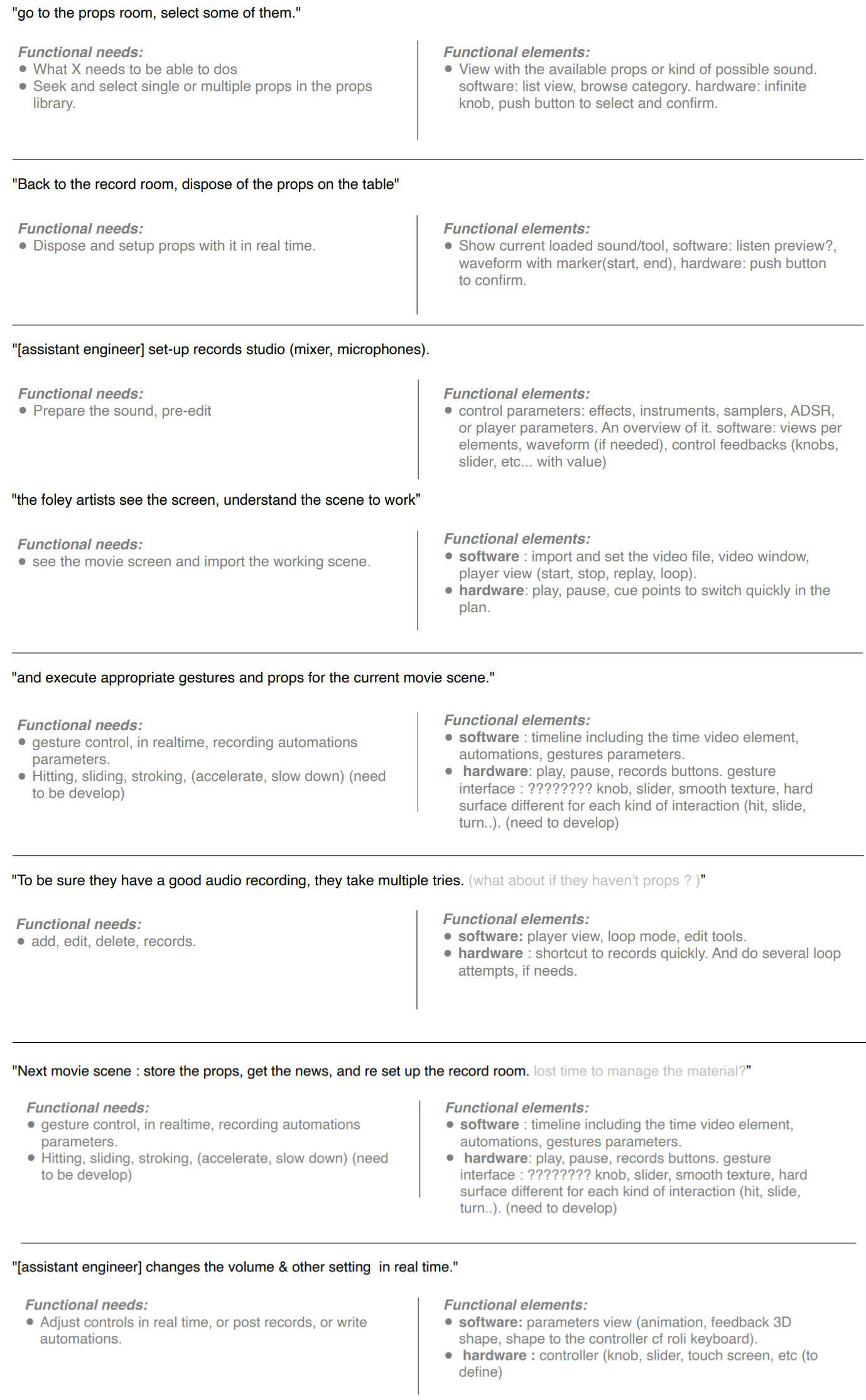
Functional workflow diagram
Grab functional needs and elements, try to make a complete workflow :

Sketch of Interface & Flow
Functional requires & elements into sketches. I listed the functional elements, and make few sketches for each of them
The features from Generate Contextual requirement section:
- List view, browser – Props list.
- Listen to preview.
- Parameters panel.
- Video/Footage preview. (optional)
- Timeline, automation.
- Gesture Feedbacks of hardware controls.
Sketches of functional elements
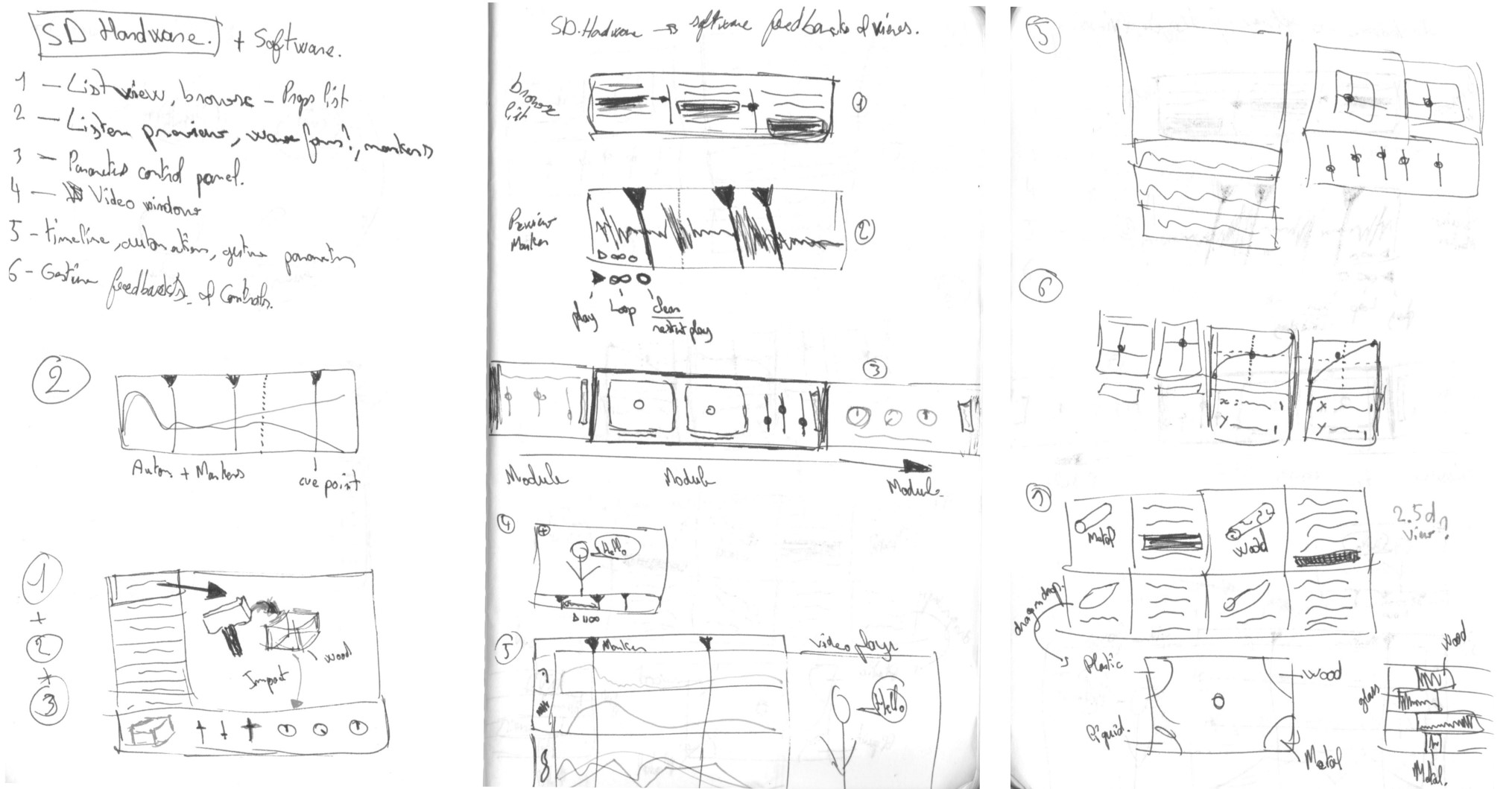
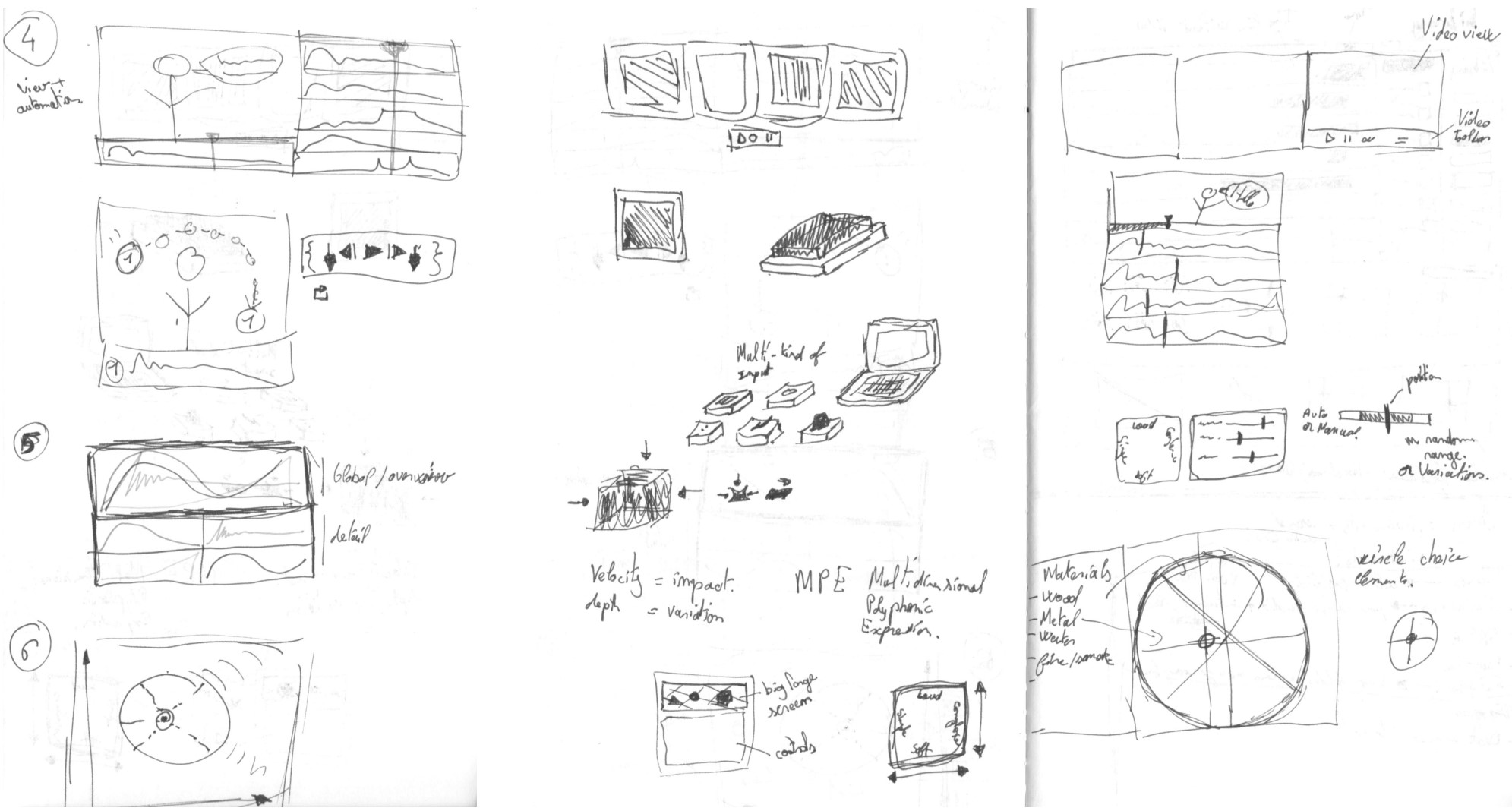
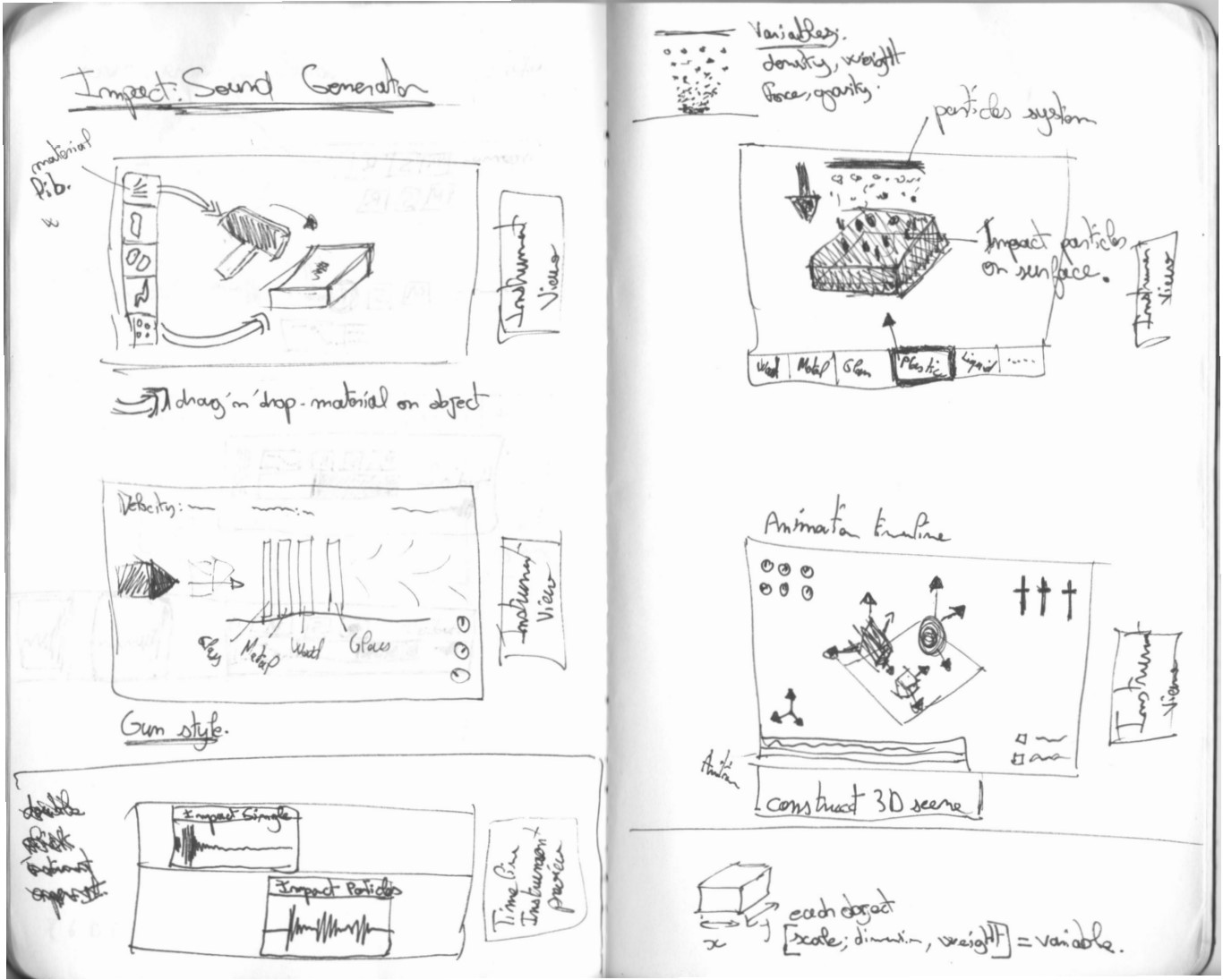
Sketches of the global layout
Different layouts for the following modules:
- Library/browsers.
- Timeline with Clips, automation, clips.
- Sounds parameters/controls.
- Hardware interactions feedbacks (optional).
- Menu toolbar.
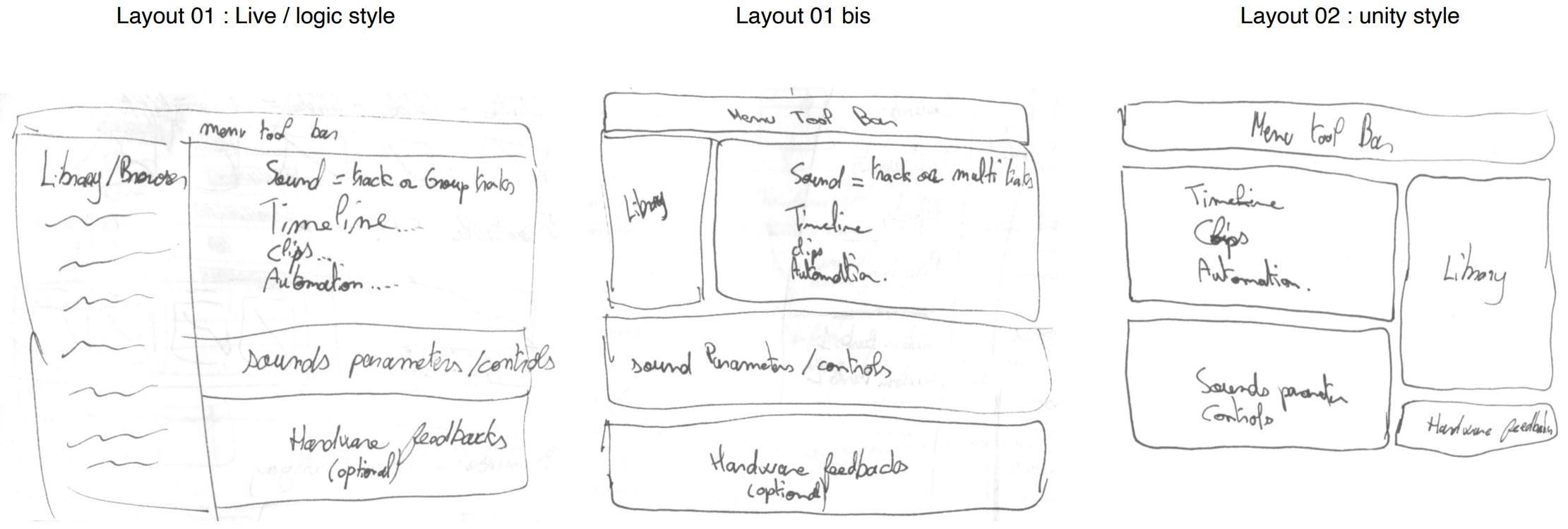
Wireframes low-fi
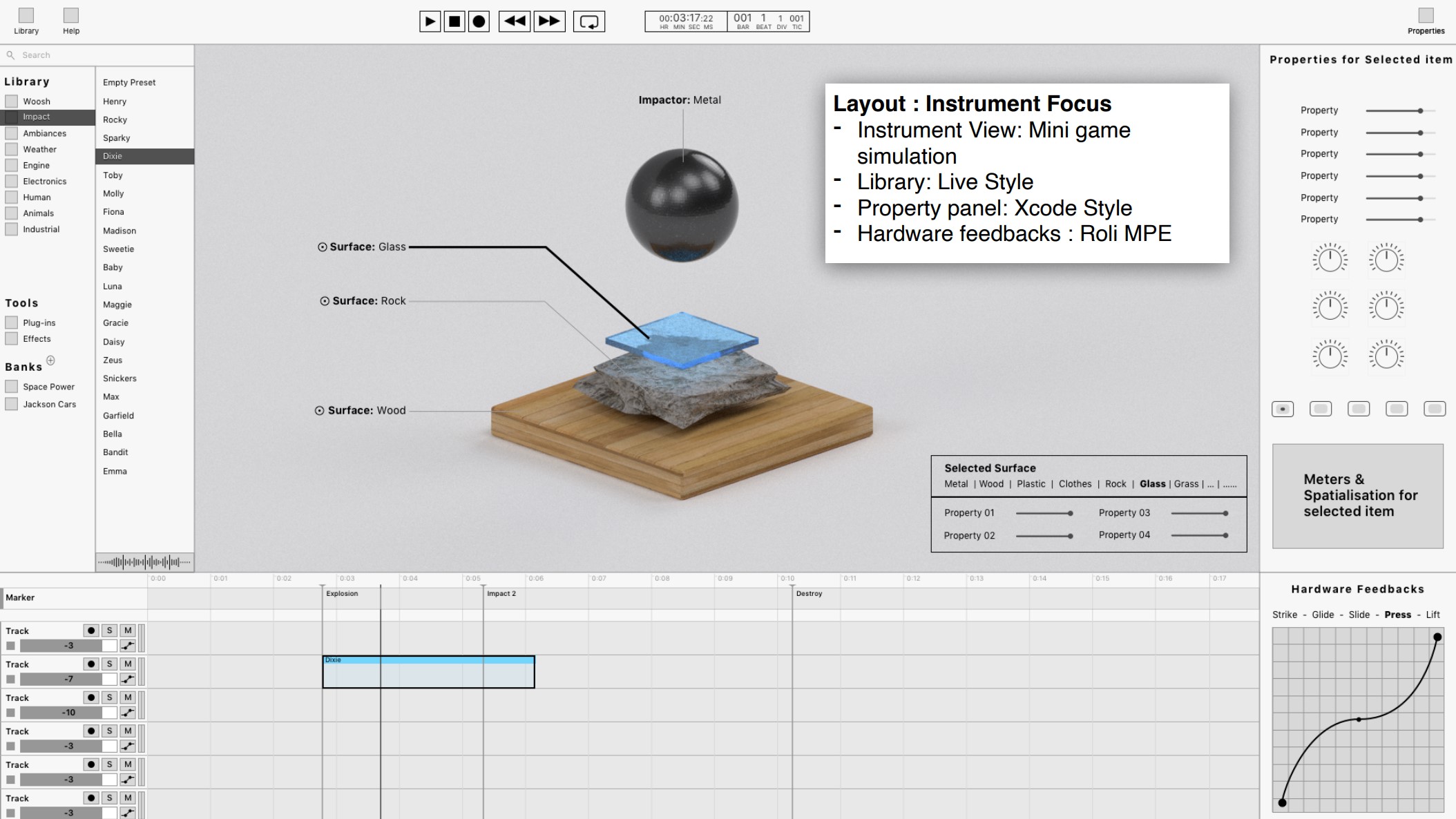
Low-fi prototype

Conclusion & Next steps
During these tasks, I did user tests with my colleagues, who’s some of them fit with personas described. At first, I plan to develop the core feature: simulator/game of sound. But the firsts feedbacks where they require a global view, global workflow, similar to their everyday software. To imagine how to interact with it, integrate it in the pipeline of creating assets, pre- and post-utilization.
Next steps
- Design a global layout, similar to what sound designers used to.
- Develop one sound generator to include in the previous layout,
- Do small tests with few users to achieve a simple goal.
- Define measure method, like how user achieve to create sound for a specific movie scene, compared to traditional workflow.
- Iterate design and test, then develop others sound generators.
About hardware prototype
The main and huge advantage of using traditional Foley techniques is the expressiveness and natural randomization of details, sound, during recordings. Designing a hardware machine dedicated to our software is an interesting solution. I would use an MPE device such as the Roli keyboard, currently allowing to express different interaction with the software (the interactions are as follows: Strike, Glide, Slide, Press, Lift).